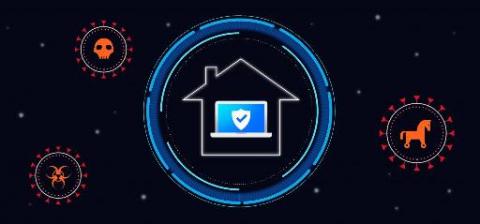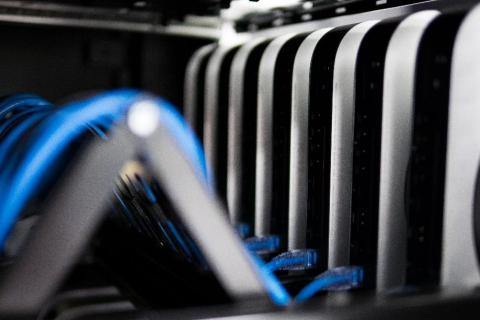COVID-19 sets the stage for cyberattacks: How to protect your business while working remotely
Businesses are shifting their operations to a remote work model in the midst of the COVID-19 lockdown. While this enables business to generally continue as normal, there has also been a rise in cyberattacks because of this shift as reported by national cybersecurity agency CERT-In. Security experts have also predicted a 30-40 percent hike in cyberattacks due to increased remote working.









